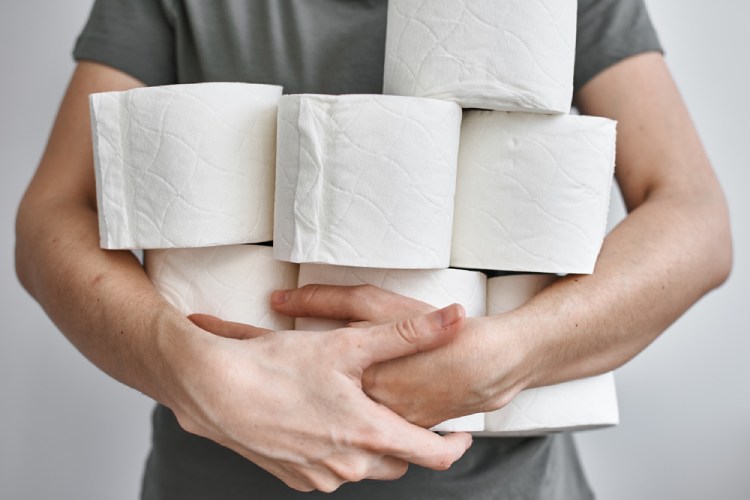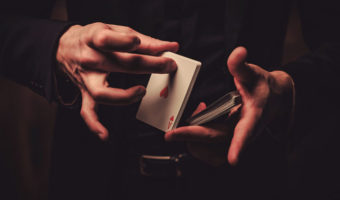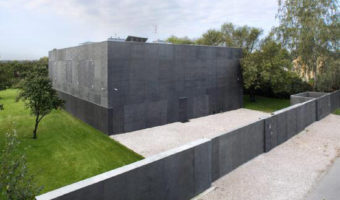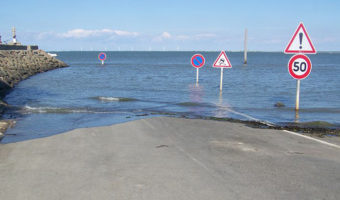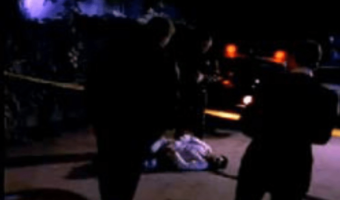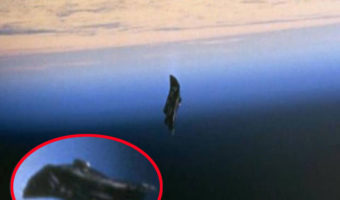As Many as 70% of People Worldwide Don’t Use Toilet Paper!
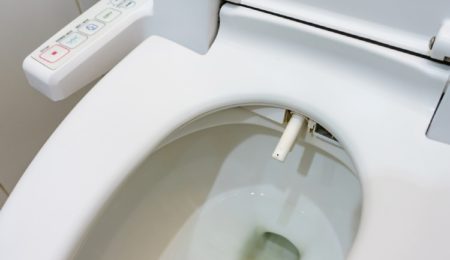
What is the best way to clean your butt after you poop? Or, is there a best way at all? Although this is an action that humans perform every day, even leading world-class medical centers refrain from talking extensively about this topic. It is even more surprising that no medical literature discusses at length the “best way” to clean your butt after pooping. Though toilet paper is a commonly known method, do you know that nearly 70% of people worldwide do not use toilet paper?
Toilet Paper – The Most Popular Method in the US
Toilet paper, invented by Joseph Gayetty in 1857, is the most common cleaning method in North America. It was initially known as “Gayetty’s Medicated Paper, For The Water Closet” and was made of manila hemp and smoothed with aloe. The toilet paper roll that we know today was introduced in 1883. It has become so popular that nearly 7 billion rolls are sold yearly, only in the United States!
Manufacturing toilet paper raises serious environmental concerns, requiring stupendous amounts of energy and raw material. The raw material involves the felling of trees and a large quantity of water to produce paper. There are more eco-friendly and sustainable alternatives to address this issue. A few tree-free alternatives include bagasse (a byproduct of sugarcane) or bamboo for manufacturing recycled toilet paper.
Shri Ramaswamy, a professor at the University of Minnesota, says that though bagasse is an excellent alternative to felling trees, we need to consider whether we are slashing forests to grow sugarcane, in which case, the whole point of saving trees is totally lost. Also, it is essential to consider how much water goes into the growing of these eco-friendly alternatives.
Water-based Cleaning Methods – Popular Outside the US
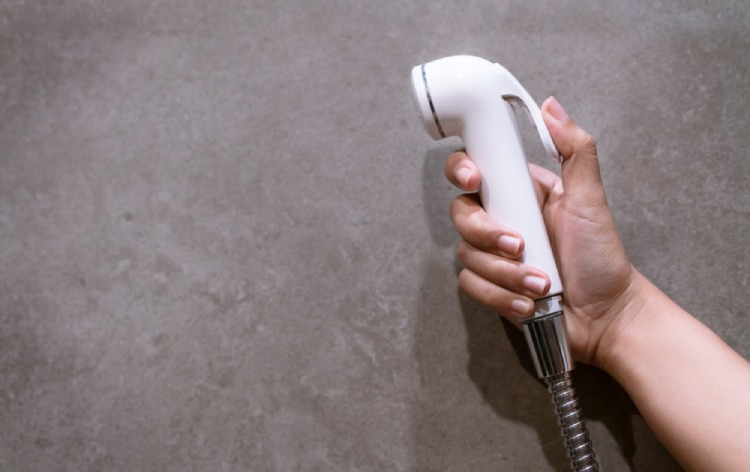
Cleaning with a stream of water is the most common method used by people outside North America. When water is used for cleaning, drying is also an equally important part of the process.
Most of Japan and Europe rely on different forms of bidets. For instance, in some models, Japanese Toto washlets are mounted on the toilet or toilet seat. In a few other models, water comes out of a separate hose. High-tech bidet models, often seen in South Korea and Japan, have air jets to dry after cleaning with water. Then, people use toilet paper, small bits of cloth, or kerchiefs (similar to hand towels are also used) for drying.
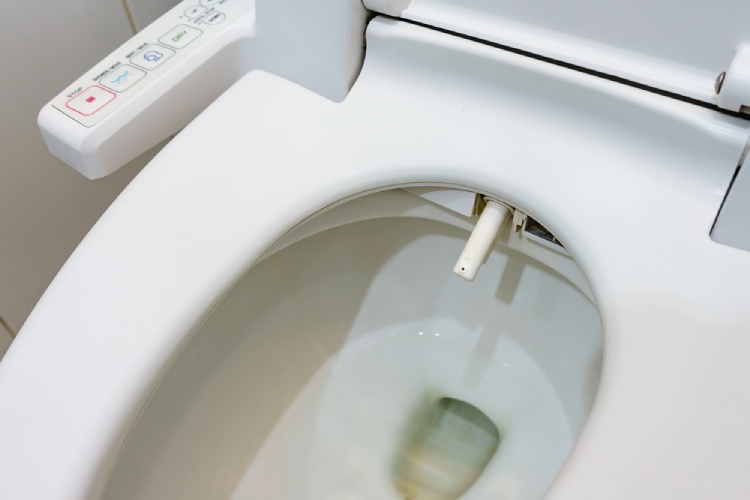
In South Asia, Southeast Asia as well as the Middle East, the hand-washing technique is quite popular. A vessel full of water is kept beside the toilet. People use their hands to splash water on the soiled area until it is clean. Then, they use a cloth or minimal toilet paper to dry the area.
Which of These Methods Is Safer – Toilet Paper or Water?
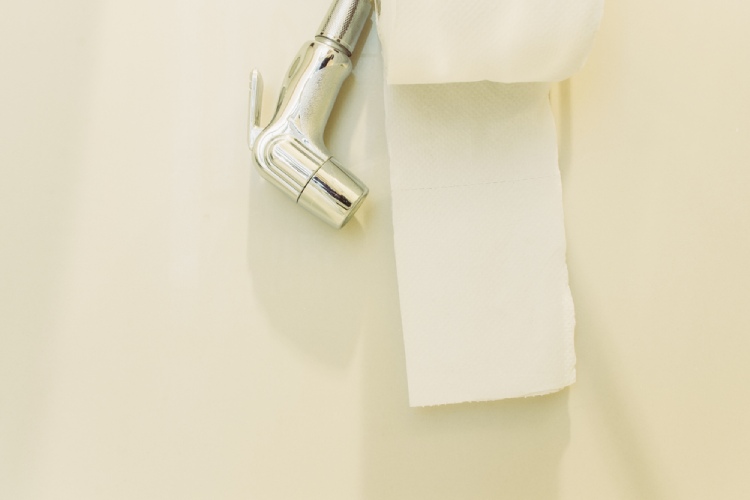
Dr. Sejal Shah, a dermatologist based in Manhattan, says the safest method is to use water for cleaning. However, using toilet paper is not risky, though it may be slightly less effective.
It is essential to dry the area after cleaning it with water since fungal infections are more likely due to the water content of feces. Moisture also causes skin maceration, making it more susceptible to skin infections. Furthermore, improper skin care makes it fragile in the long run.
Thus, using toilet paper and water for cleaning has its own advantages and disadvantages. Even though water is safer and better for cleaning your butt, the residual moistness it leaves on the skin is a cause for concern. On the other hand, toilet paper soaks up moisture but makes the skin dry. Remember that aggressive wiping using toilet paper can tear sensitive skin.
The best cleaning method is to use a combination of both. Use water for cleaning your butt and a minimal amount of eco-friendly, recycled toilet paper for drying. Whatever you do, be sure to wash your hands after the entire process for the best hygiene.














